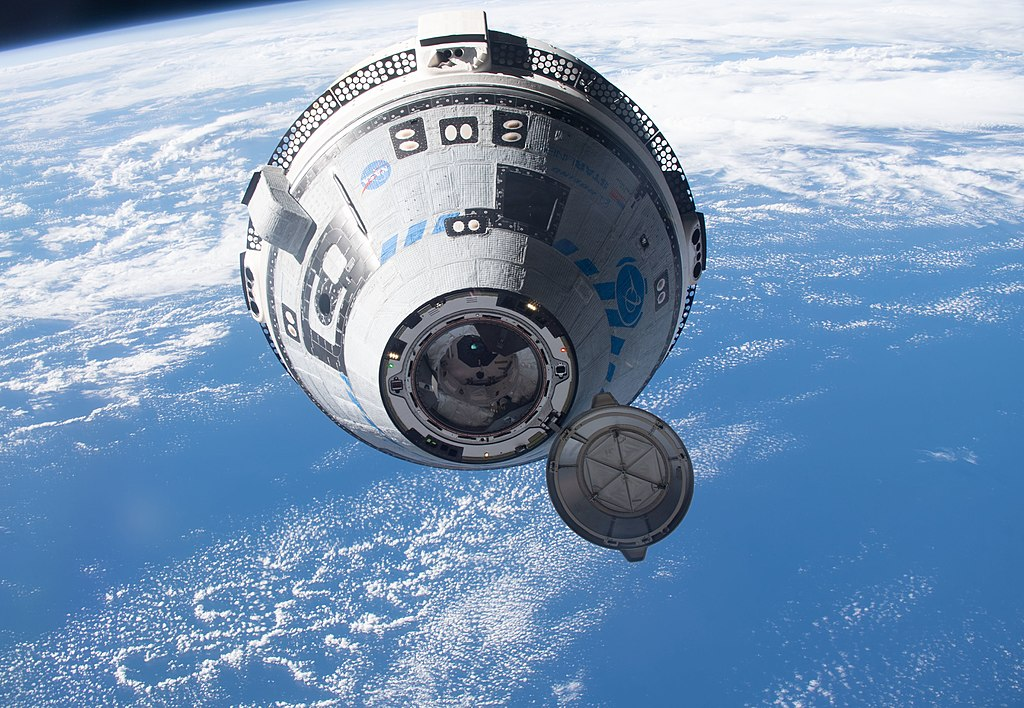
Boeing’s Starliner capsule was supposed to be a reliable backup to SpaceX’s Crew Dragon, providing a dual-provider approach for NASA’s human spaceflight program. Instead, its first crewed flight became a cautionary tale of the intricacies of spaceflight, the difficulties of contemporary aerospace engineering, and the value of risk management.

A Rough Start
Starliner’s journey to flight was not smooth sailing. Repeated delays and last-minute scrubs served as a reminder that sending humans into space is never mundane. When the spacecraft did reach space and berthed with the International Space Station (ISS), it already had a documented helium leak—a precursor to more serious problems down the line.

Five of the 28 RCS thrusters on the capsule failed during approach. Ground-based engineers scrambled, restoring four to operation. One didn’t function at all during the mission, calling into question both the spacecraft’s reliability and performance.

Systemic Failures in Orbit
In addition to the thruster problems, Starliner experienced additional helium leaks during the mission. Helium is critical to pressurizing the fuel systems driving the thrusters, and its loss threatens the spacecraft’s ability to maneuver. Engineers traced the cause to the “doghouses”—the compartments containing the thrusters. Heat generated by repeated firings deformed Teflon seals, restricting fuel flow. The helium leaks, most likely caused by long-term exposure to vapors from fuels, complicated the mission.

A Difficult Decision for NASA
With the capsule safely docked, NASA and Boeing had a decision to make. Technically, Starliner could serve as an emergency return vehicle. But NASA was uncomfortable with the risks tied to a standard crewed return, especially since the service module—which housed the troubled systems—would burn up on re-entry and couldn’t be inspected post-flight.

In the end, NASA chose to err on the side of caution regarding astronaut safety and brought Starliner back without its crew. The agency emphasized thoroughly understanding the failures of the spacecraft before risking further exposure for astronauts.

A Solo Ride Back
The unmanned re-entry was a success. Starliner separated from the ISS, executed a deorbit burn, and landed on Earth, surviving extreme temperatures of re-entry. Parachutes were successfully deployed, and airbags cushioned its landing at White Sands in New Mexico. Although this successful retrieval gave critical data, the lost service module ensured many would still go unanswered.

Astronauts in Limbo
Astronauts Butch Wilmore and Suni Williams, initially planned for a temporary visit to the ISS, ended up remaining considerably longer, up to eight months at the longest. But NASA stressed they never came close to being in harm’s way. In an emergency, they could have flown home in Starliner, and the ISS had plenty of resources to sustain them. The astronauts helped with station operations and constant testing of Starliner as they waited for a ride home, now more likely on a SpaceX Dragon capsule.

Bigger Implications for NASA and Boeing
Starliner’s issues are more than a solitary technical glitch. Boeing has already invested more than $1.5 billion outside its NASA contract to make the program functional, and these recent complications set back further its inclusion in NASA’s crew rotation schedule.

The mission also highlighted why NASA will not settle for a single human-rated spacecraft: redundancy provides uninterrupted access to space, even when one of the systems fails. Picking a Crew Dragon to bring Wilmore and Williams back demonstrates NASA’s strategic adaptability and strong safety commitment.

What Comes Next
NASA and Boeing engineers are now well into analysis mode. The emphasis is on confirming thermal models, improving thruster operation, and identifying more robust material for seals. Until those enhancements are executed and confirmed, Starliner will not fly once more.

The future is uncertain. But what this flight teaches, both technically and operationally, will not just shape Starliner’s future but the future of American access to space more broadly. In human spaceflight, there are always high stakes involved, and what Boeing has learned is a reminder of just how fine the margin for error is.
More related images you may be interested in:



